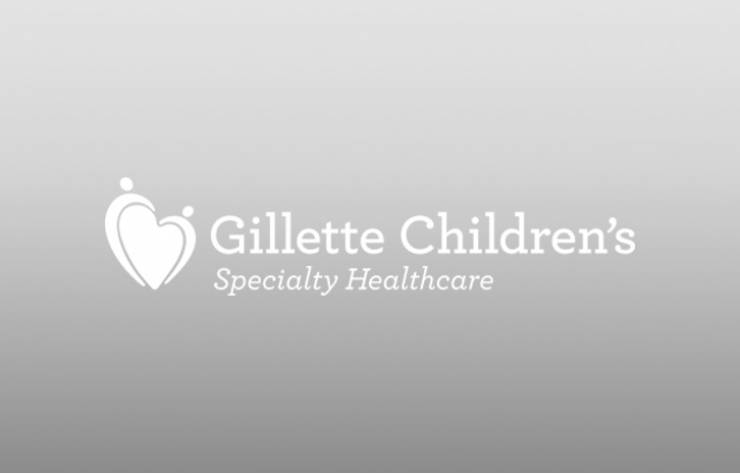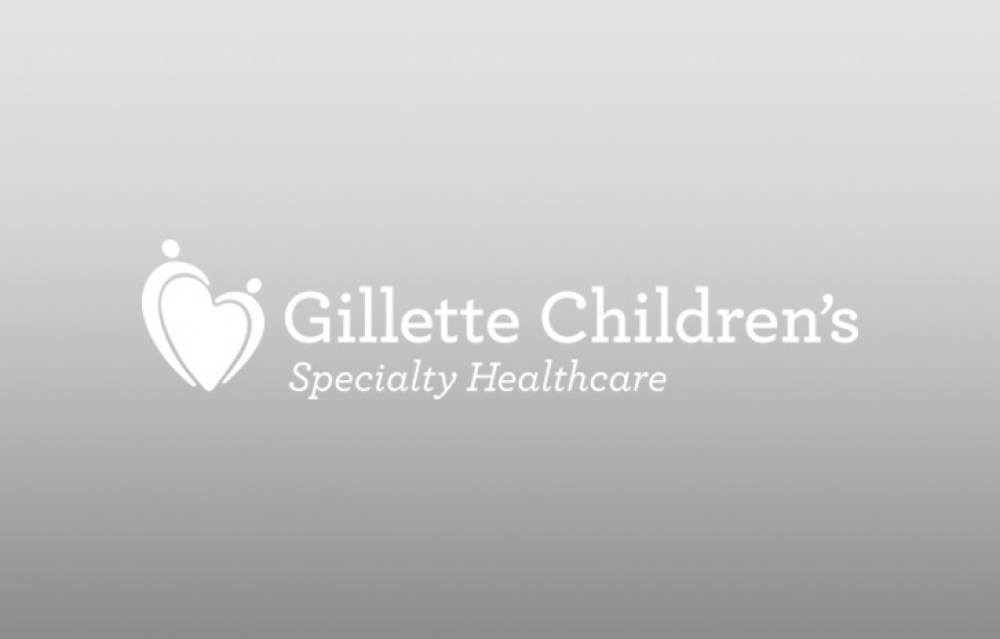-
{care_team_members status="Open|hide from care team page"}
-

{care_team_members:ct_first_name} {care_team_members:ct_last_name}
{care_team_members:ct_full_title}
{/care_team_members}
person:channel_short_name: {person:channel_short_name}
person:
title: {person:title}
-
{links}
{/links}
No category selected to display locations. Locations Dynamic
-
{locations}
- {locations:title} {/locations}
-
{widget}
{widget:widget_content}
- {widget:widget_content:tab_title} {/widget:widget_content} {/widget}
At Gillette, we’re in the business of helping kids be their healthiest and happiest selves. For me and my physician colleagues, this means improving our patients’ health, function and mobility through orthopedic surgery and other interventions.
But there’s one day each year when we’re happy to shed our blue scrubs and white coats, and put on our teaching hats instead. That day is Gillette’s annual Musculoskeletal Management in Pediatrics conference. It’s a day we become physician educators, sharing our knowledge with physicians, nurse practitioners, therapists and other medical providers. Here’s the best part: we usually learn something along the way, too.
[widget1]
The conference, which celebrated its 10th year in December 2015, is a coming-together of Gillette and community providers to share knowledge about conditions impacting the bones, muscles and joints. Through lectures and hands-on sessions, attendees take an up-close look at the musculoskeletal conditions they might encounter in their own practice—and receive individual instruction from pediatric orthopedic surgeons practicing at Gillette. A few highlights included:
- Steven Koop, M.D., teaching a hands-on session on imaging, casting and splinting.
- Mark Gormley, M.D. challenging attendees to “Name That Tone” (muscle tone, that is).
- Walter Truong, M.D., speaking to developmental dysplasia of the hip in newborns.
- Tenner Guillaume, M.D., Benjamin Novak, M.D., and Jennifer Laine, M.D. teaming up to share tactics for examining scoliosis patients, evaluating limb-length discrepancies, and joint laxity.
At the end of the action-packed day, we’re always thrilled to receive comments like these: “This is the first year I have attended and will definitely plan to return next year. The content of each lecture was very rich and presented very concisely. All of the speakers did an excellent job on their presentations!”
Ultimately, we hope attendees come away with new knowledge that will help them identify musculoskeletal issues in their patients — and learn strategies for successful management of those issues — so kids can get back to being kids.



